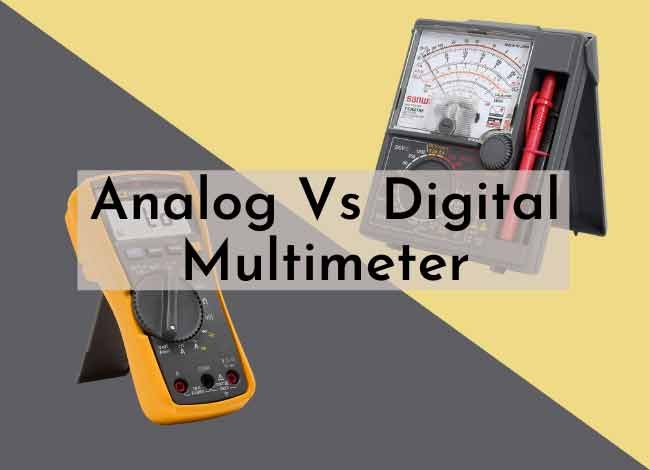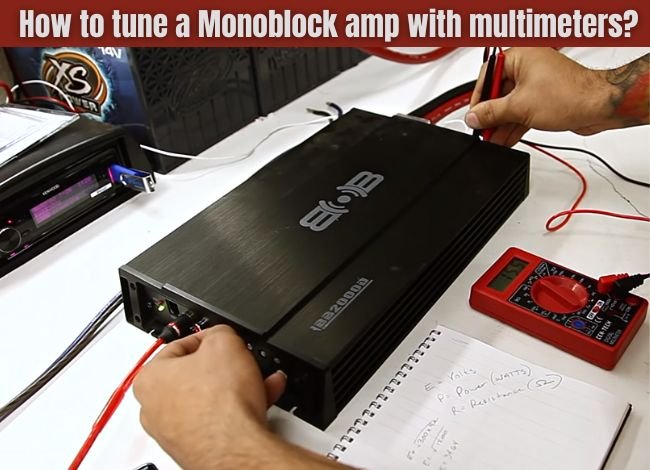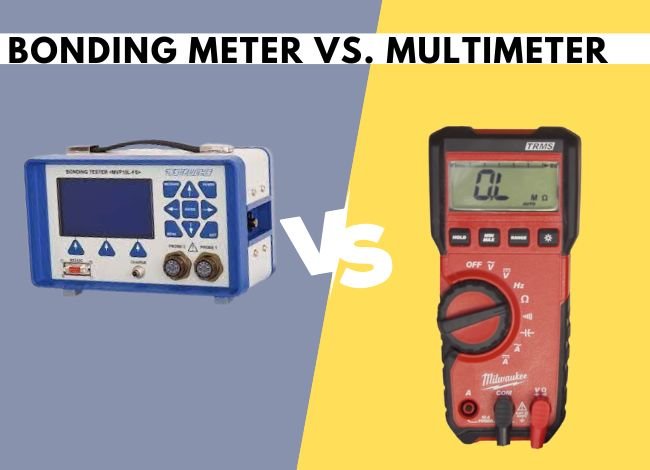Last Updated on November 28, 2022
Are you new to multimeters and are wondering what the different symbols inscribed on the multimeter? A multimeter is an instrument built to measure electric voltage, current, and resistance. However, advanced multimeters can also measure continuity and support capacitance, ad inductance measurements.
If it’s your first time utilizing a multimeter, you may come across different signs that may seem confusing but are very important to comprehend. So you need to know how the multimeter works. One of those signs is the “HFE” sign. HFE is an abbreviation of hybrid parameter forward current gain, a common emitter. On top of that, it’s a measure of the direct current (DC) gain of a junction transistor.
So, if you see it on a multimeter, it shows a mode where the multimeter can measure the hFE of a transistor.
Get the Best hFE Multimeter– Fluke 117
What is the HFE of a transistor?
The hFE of a transistor is the current gain or amplification factor of a transistor. Additionally, hFE is the factor by which the base current is amplified to deliver a transistor’s amplified current. This current is the base current, which is subjected to amplification by a factor of the hFE to provide an amplified current via the collector and emitter terminals.
A transistor functions by feeding a current into the base of a transistor. The base current is then amplified by hFE to produce its amplified current. For instance, if 1mA is fed into a transistor base and has an hFE of 100, the collector current will be 100mA.
Related article: What does OL mean on a multimeter and how to read it?
Surprisingly, every transistor has its peculiar hFE. The hFE is usually seen to be a constant value, typically around 10 to 500, but it may vary somehow with temperature and with changes in collector-to-emitter voltage.
Additionally, it’s important to note that hFE is widely variable and unpredictable; thus, good transistor circuit design is crucial to offer stable, predictable amplification for transistor circuits to account for this unpredictability. So always try to use a good reliable multimeter model like the advanced Fluke 87v or Fluke 289 True-RMS multimeter.
Always check the transistor’s datasheet for the hFE value in its specifications. Note that hFE may refer to DC or AC gain. Many datasheets usually specify only one value, such as DC gain. The datasheets will usually particularize whether the hFE value is for AC or DC gain.
Furthermore, it would help if you understood that the hFE value is highly variable. Many datasheets will particularize a minimum and maximum hFE for the transistor. It’s tough for transistors to be constructed with a precise hFE value. As a result, manufacturers typically specify a range that hFE may be within.
What’s the difference between hFE and Beta?
First and foremost, hFE is a suite of h parameters and refers to the common emitter configuration. You can refer to it as the AC gain. Note that all the h parameters are AC parameters. Also, it’s crucial to know the difference between the hFE and hfe. hFE means large-signal operation, while hfe small-signal operation.
If the signal is small, the signal is not large enough to take the transistor where the characteristics are significantly changed. On the contrary, a large signal does and is what you require for adjusting as the transistor will go from full off to full on. hFE is always less than hfe.
On the other hand, Beta is a static parameter of the direct current (DC) current gain, which provides a rough idea of the AC gain, but it’s a lot easier to measure AC voltage. This is what’s usually shown on the standard transistor tester.
What are the different notations of transistor gain?
There are three different notations of transistor gain. They include Beta, hfe, and hFE. Here is what they mean:
- Beta – this is the usual notation for the forward current gain of a transistor.
- hFE – this is the parameter for the DC or large signal steady-state forward current gain
- hfe – this is the current gain for a transistor shown as an h parameter or hybrid parameter. The letter f shows that it’s forward transfer characteristic, and the letter e shows it’s for a common emitter configuration. The small letter h shows it’s a small signal gain. Not that he and small-signal Beta are the same.
Related article: What are the features and differences between a Clamp meter and a multimeter?
Some of the points to note while judging the level of current gain that a transistor has are as follows:
How do I measure a transistor using a multimeter?
Multimeters can be used for different purposes. Here is the step-by-step guide on how to measure transistors using a multimeter. Note that the instructions are given mainly for an NPN transistor, as these are the most common types of transistors on the market.

Step 1: Start by setting the meter to its ohms range. Even though any range can do, the best range is the middle ohms.
Step 2: Join the base terminal of the transistor to the terminal marked positive on the multimeter.
Step 3: Join the terminal marked negative or common to the collector and measure the resistance. It should read open circuit.
Step 4: With the terminal marked positive still joined to the base, repeat the same measurement with the positive terminal joined to the emitter. The final reading should also read open circuit.
Step 5: Next, reverse the connection to the transistor base, this time around joining the negative or common terminal of the meter to the base of the transistor.
Related article: Main Feature Differences between Amprobe and Fluke multimeters
Step 6: Link up the terminal marked positive, beginning with the collector and test resistance. Next, please take it to the emitter. In both scenarios, the meter should deflect.
Step 7: Now, you can join the meter negative to the collector and meter positive to the emitter. Ensure the meter reads open circuit.
Step 8: Repeat the connections but in a reverse way. Join the meter negative to the emitter and the meter positive to the collector. Review and make sure that the meter reads open circuit.
If the transistor passes all the above tests, you can relax knowing it’s functional and all the junctions are okay.
Final thoughts
So what does hfe stand for on a multimeter? Now that you know what HFE means on a multimeter, you no longer have to guess. HFE in full means hybrid parameter forwards current gain common emitter. It’s a measure of the DC gain of a junction transistor. This symbol shows a mode where the meter can measure the HFE of a transistor on a multimeter.
However, it’s vital to differentiate between hFE, hfe, and Beta. The multimeter user manual will help you to understand those features. Many people tend to confuse these three and end up making wrong judgments. But with this detailed post, you no longer have to worry about them.




